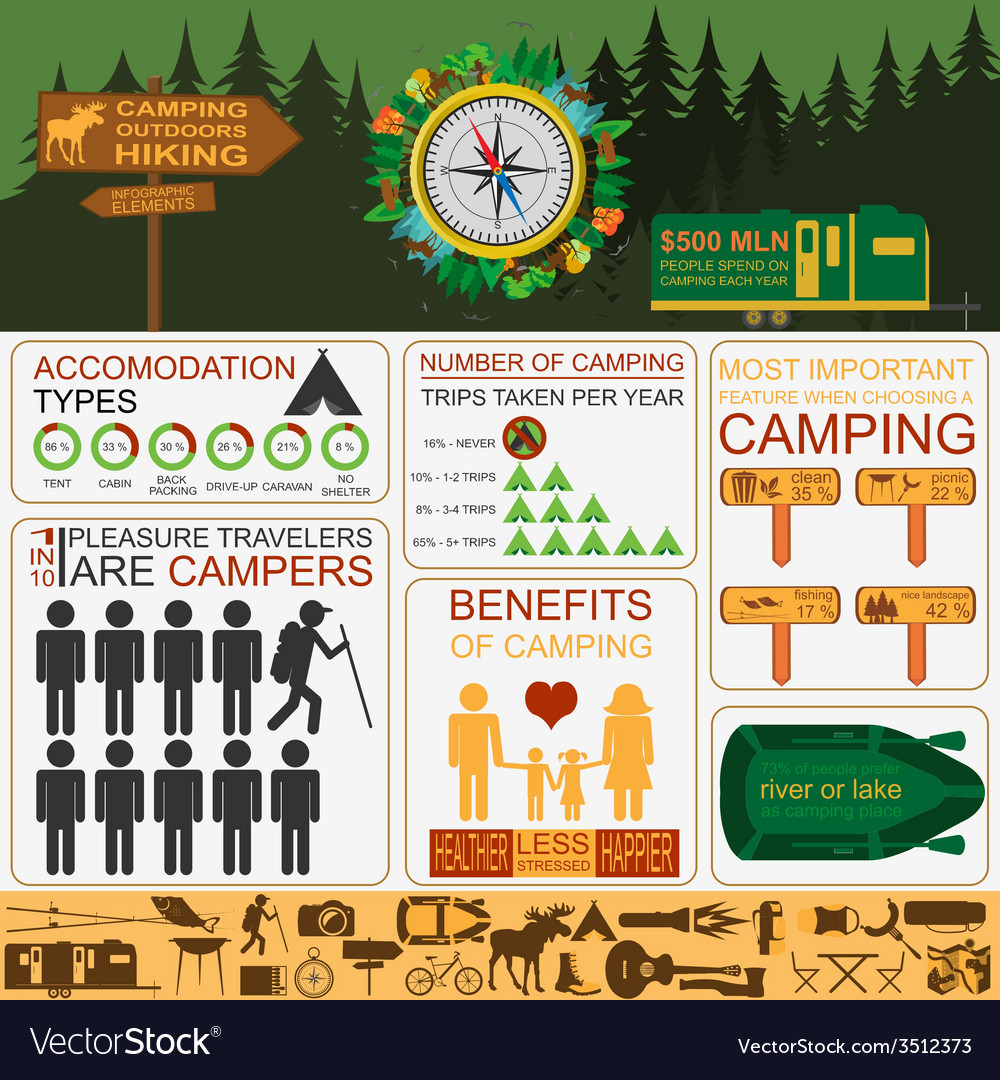The rain fly is a crucial element of your camping tent, securing it from rainfall, wind and harsh sunshine. Whether you choose a roomy multi-room camping tent or light-weight backpacking camping tent, you'll discover that a top quality rainfly boosts your outdoor experiences.
Try to find a rainfly with resilient products and a high water resistant rating. Take into consideration the weight and packability of a rainfly when selecting it for backpacking journeys.
Sleeping Outdoor tents
A rainfly provides added protection for your camping tent from unexpected showers. Its style deflects rainfall and snow and assists protect against water from pooling on the top of your outdoor tents. This can trigger the textile to sag and cavern, resulting in leakages.
Modern rainfly materials include polyurethane or silicone finishes to offer exceptional waterproofing. Lots of also include sealed seams to stop water from leaking via stitching. Some also have reflective spots to help you situate your tent in low-light problems.
Select a rainfly that mirrors the environment and camping conditions you run into most frequently. For instance, desert campers require a rainfall fly that blocks wind and UV rays. Backpackers ought to think about ultralight rainfall flies to minimize pack weight without jeopardizing defense. Look for adjustable add-on points that permit you to change the tension on the fly to make sure that it is tight and located correctly to stop leaks. A well-positioned rainfly can likewise regulate temperature and minimize condensation inside the outdoor tents.
Tarp
Tarps are functional pieces of camping equipment, and a tarpaulin sanctuary can be one of the most comfortable alternatives for camp. In addition to having the ability to be configured in unlimited means, tarps additionally tend to require less gear than camping tents and are much lighter in weight.
A significant benefit to tarpaulin sanctuaries is that they allow for sufficient ventilation. While this can be a disadvantage for some campers, that could prefer to have a more enclosed space, it is an essential factor in keeping owners from overheating and decreasing the buildup of condensation that could compromise the fabric.
Just like various other setups, when establishing a tarpaulin sanctuary, see to it the ridge line is established at an angle to help straight rainfall and snow away from the shelter. A good ridgeline can also keep wind from blowing the tarp around. Make sure the tarpaulin is safeguarded effectively with suitable tying techniques, such as a prusik knot (or sliding knot), at heights that create sufficient head room and are not a tripping hazard, and incline the tarpaulin suitably for water drainage.
Insurance coverage
A rainfly is just one of one of the most crucial pieces of outdoor camping equipment to bring on any kind of journey. It secures your outdoor tents from climate that can swiftly alter, enabling you to stay comfortable and enjoy your wilderness journeys.
Modern rainfall fly layouts use greater than simply water resistant protection. Some have built-in photovoltaic panels to assist you keep charged on the go, while others have flexible compass vents for air movement to alleviate condensation buildup. Choosing a rainfly that fits your demands and choices is vital for the overall experience.
Look for light-weight materials, such as nylon or polyester, and polyurethane coverings to boost water resistance. Additionally take into consideration the rainfly's head hydrostatic stress score, which helps you determine its capacity to withstand rains and wind. Bear in mind that rain flies typically need to be cleaned after each usage, considering that dirt can endure the waterproof layer. It's best to tidy and store it in a great, dry area to avoid mold and mildew and mildew.
Sanctuary
A rainfly is an important tool for your hammock, safeguarding you from the elements and making sure that you can sleep easily. When selecting a rainfly, take into consideration the climate and problems in which you'll be camping. As an example, tropical environments might call for a rain fly that has high moisture and UV defense. Other factors to consider consist of fabric kind and weight. Look for alternatives that are light-weight and made from long lasting products that withstand abrasions and stains.
If you don't have a rainfall fly, you can create a makeshift sanctuary making use of a tarp. Nonetheless, it's best to set up your rain protection first prior to putting up the remainder of your outdoor tents. This ensures that you can swiftly and quickly get in and out of your hammock in the event of an abrupt storm or modification in climate. Also, ensure that your rainfall fly is properly anchored to stop flapping in the wind. Bear in mind that rainfall flies and pest nets ought to be cleansed frequently to stop mud, mildew and mold and mildew from accumulating with time.
